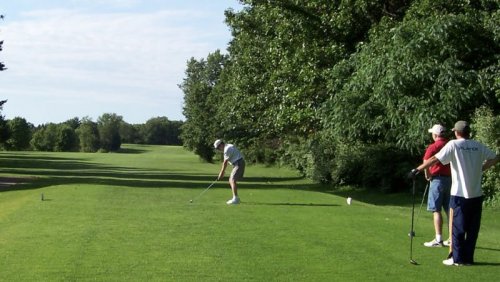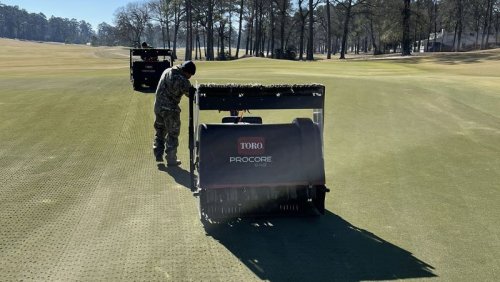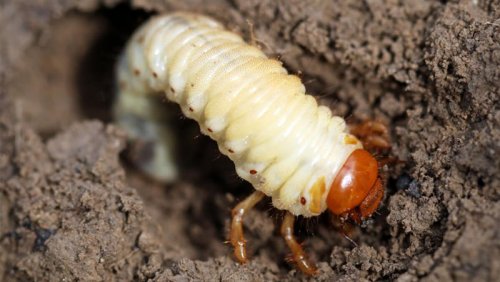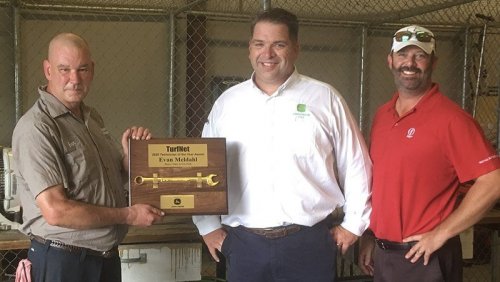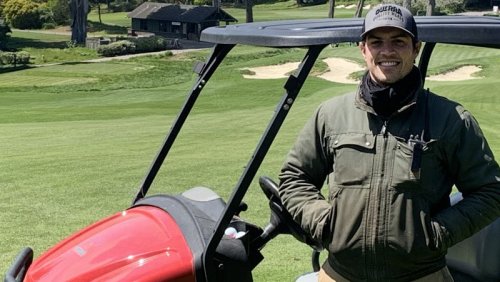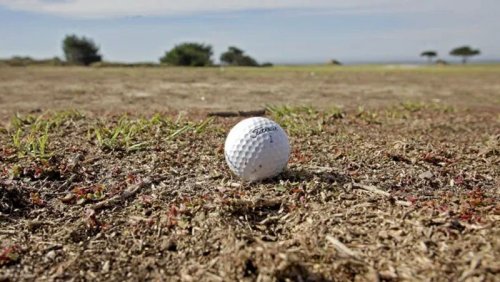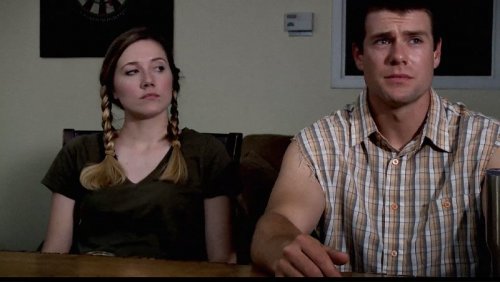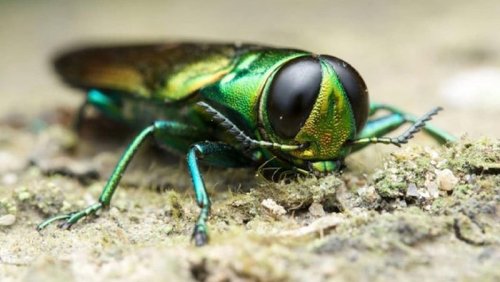
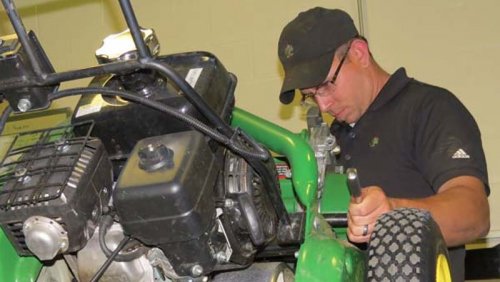
Robert Smith of Merion Golf Club (above) won Technician of the Year in 2015. Tony Nunes (below) of Chicago Golf Club, won the award in 2017. The past year has been a challenge for just about everyone in the golf industry. This time a year ago, many courses were closed, and no one was quite sure when they would be reopened and what things would look like then.
By the time things reopened, many places had sent workers home and golfers began to descend on shorthanded golf courses in record numbers, resulting in added pressure and stress to superintendents and their teams, including equipment managers.
With more golfers on the course and shorter windows to conduct daily maintenance, technicians were asked to do more and more, often with fewer and fewer resources.
If you have an equipment manager who has gone above and beyond the call of duty during the past year - and there must be a lot of deserving candidates since the implementation of Covid protocols - nominate him or her for the TurfNet 2021 Technician of the Year Award, sponsored by John Deere. The winner will receive the Golden Wrench Award along with their choice of a spot in a Deere training session in North Carolina or a chance to assist with equipment maintenance at next year’s Players Championship at TPC Sawgrass in Ponte Vedra Beach, Florida. Either will result in an equipment manager who is better trained and more motivated and will make your property better.
CLICK HERE to submit a nomination.
Nominees are considered by our panel of judges on the following criteria: crisis management; effective budgeting; environmental awareness; helping to further and promote the careers of colleagues and employees; interpersonal communications; inventory management and cost control; overall condition and dependability of rolling stock; shop safety; and work ethic.
Deadline to submit a nomination is June 1.
Previous winners include (2020) Evan Meldahl, Bayou Oaks at City Park, New Orleans, LA; (2019) Dan Dommer, Ozaukee Country Club, Mequon, WI; (2018) Terry Libbert, Old Marsh Golf Club, Palm Beach Gardens, FL; (2017) Tony Nunes, Chicago Golf Club, Wheaton, IL; (2016) Kris Bryan, Pikewood National Golf Club, Morgantown, WV; (2015) Robert Smith, Merion Golf Club, Ardmore, PA; (2014) Lee Medeiros, Timber Creek and Sierra Pines Golf Courses, Roseville, CA; (2013) Brian Sjögren, Corral de Tierra Country Club, Corral de Tierra, CA; (2012) Kevin Bauer, Prairie Bluff Golf Club, Crest Hill, IL; (2011) Jim Kilgallon, The Connecticut Golf Club, Easton, CT; (2010) Herb Berg, Oakmont (PA) Country Club; (2009) Doug Johnson, TPC at Las Colinas, Irving, TX; (2007) Jim Stuart, Stone Mountain (GA) Golf Club; (2006) Fred Peck, Fox Hollow and The Homestead, Lakewood, CO; (2005) Jesus Olivas, Heritage Highlands at Dove Mountain, Marana, AZ; (2004) Henry Heinz, Kalamazoo (MI) Country Club; (2003) Eric Kulaas, Marriott Vinoy Renaissance Resort, Sarasota, FL.
- Read more...
- 1,474 views


